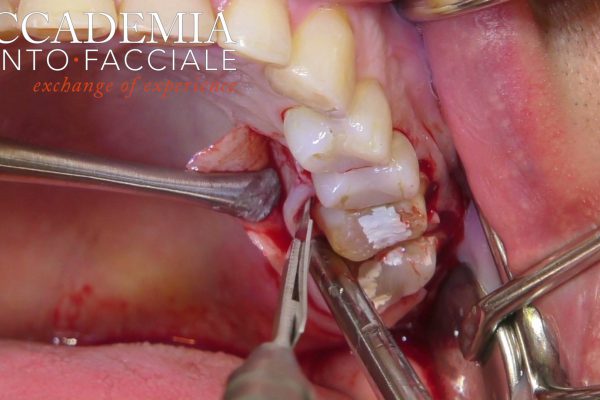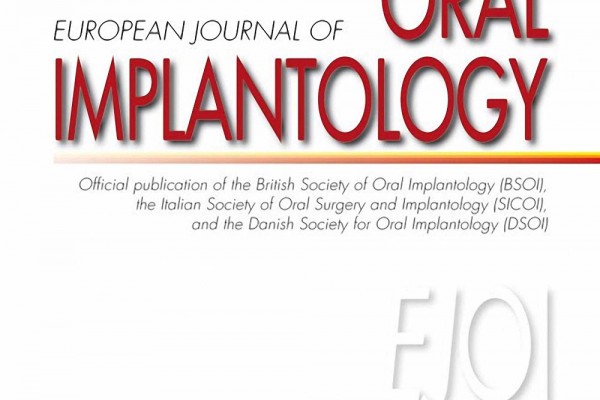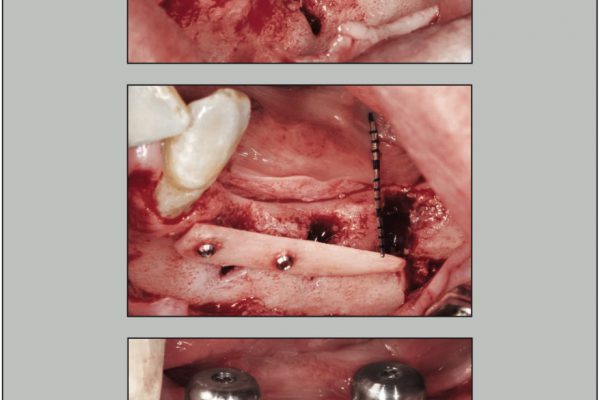Inter-rater agreement in the diagnosis of mucositis and peri-implantitis.
Abstract
AIM:
The objective was to assess the inter-rater agreement in the diagnosis of mucositis and peri-implantitis.
MATERIAL AND METHODS:
Adult patients with ≥ 1 dental implant were eligible. Three operators examined the patients. One examiner allocated the patients to three groups of nine as follows: nine implants with peri-implantitis, nine implants with mucositis, and 9 implants with healthy mucosa. Each examiner recorded on all 27 patients (one implant per patient) recessions, probing depth, bleeding on probing, suppuration, keratinized tissue depth and bone loss, leading to a final diagnosis of mucositis, peri-implantitis or healthy mucosa. Examiners were independent and blinded to each other.
RESULTS:
Fleiss k-statistic with quadratic weight in the diagnosis of peri-implantitis and mucositis was 0.66 [CI95%: 0.45-0.87]. A complete agreement was obtained only in 14 cases (52%). Fleiss k-statistics in bleeding on probing and bone loss were respectively 0.31 [CI95%: 0.20-0.41] and 0.70 [CI95%: 0.45-0.94]. Intra-class correlation coefficients for recession, probing depth and keratinized tissue depth were respectively 0.69 [CI95%: 0.62-0.75], 0.54 [CI95%: 0.44-0.63] and 0.56 [CI95%: 0.27-0.77].
CONCLUSIONS:
The inter-rater agreement in the diagnosis of peri-implant disease was qualified as merely good. This could also be due in part to the unclear definition of peri-implantitis and mucositis.
© 2014 John Wiley & Sons A/S. Published by John Wiley & Sons Ltd.
KEYWORDS:
dental implant; diagnosis; inter-rater agreement; mucositis; peri-implantitis
- PMID: 25041651 [PubMed]




